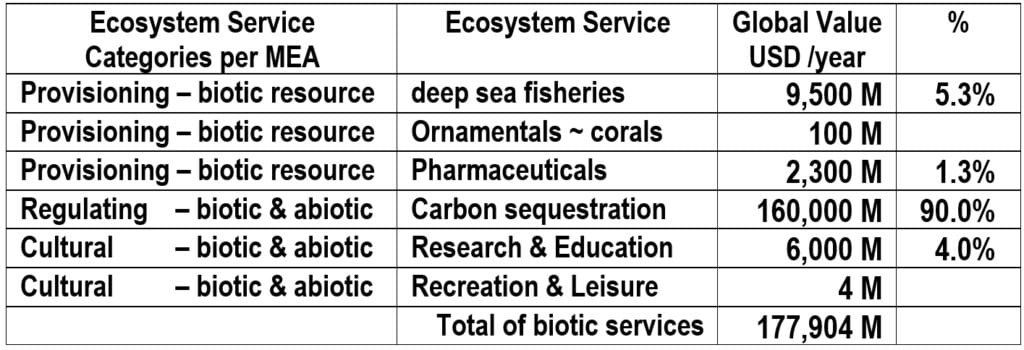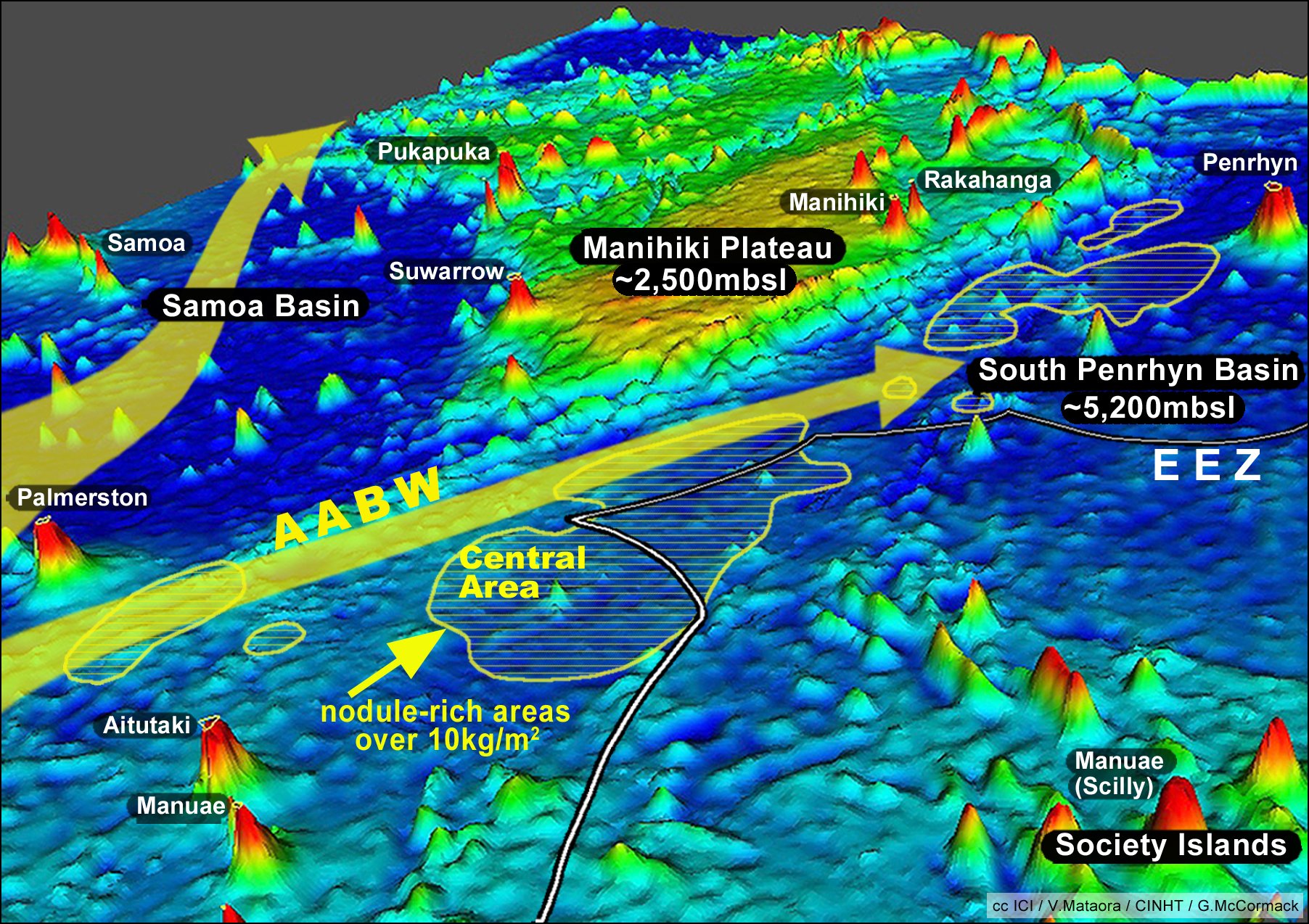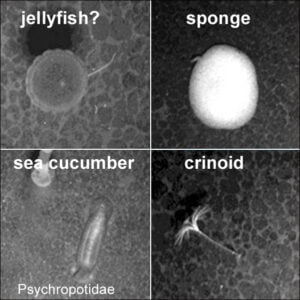Gerald McCormack, Natural Heritage Trust
First published Cook Islands News (5th June 2021), here (6th June 2021)
Residents often talk about Cook Islands biodiversity, but few have discovered as many unrecorded species as 6-year-old Keanui Selam. His recent insect-catching expeditions led to the discovery of eight unrecorded species of Heteroptera, a group of insects known as true bugs, or typical bugs.
True bugs all have a proboscis of long tubular mouthparts, which some use to suck the sap of plants; while others use it to spear and suck the juices out of caterpillars and other insects. The first group are farmers’ foes, while the latter are farmers’ friends. Continue reading →






















